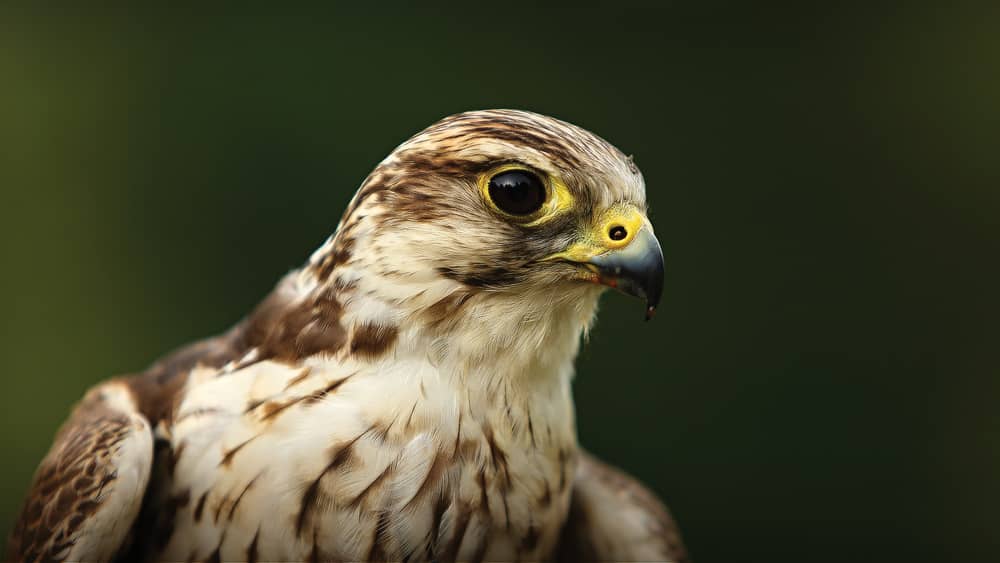
It’s a crisp fall day at Bouchaine Vineyards. The leaves on the grapevines are turning shades of deep red tinged with gold, a stark contrast to the thick gray clouds looming overhead. In the courtyard, Rebecca Rosen raises a leather-gloved hand to the sky and releases Eb, her little Barbary falcon. His gray and brown form cuts through the air in fast sharp circles, swooping over the audience. Meanwhile, Rosen swings a leather lure attached to a rope-like lasso. After a few rounds of flying, Eb goes in for the kill. He dives towards the lure, his bright yellow feet outstretched to reveal sharp talons. He latches onto it and lands, enjoying his victory.
While falconry is commonly thought of as a sporting hobby, for Rosen, it is a career. “I was working as a waitress at a cocktail bar and a falconer who was working in the area came in and would frequent the place,” she says, adding that she wasn’t a very good waitress. So at age 19, Rosen began apprenticing for the falconer. She spent her early years working under various falconers, learning as much as she could about the industry. In 2011, she stepped out on her own and launched Authentic Abatement. Every year during harvest season, Rosen makes the drive from her home base in Arizona to the Napa Valley and uses her falcons to chase away nuisance grape-eating birds from vineyards.
The process begins late in the summer, right before the grapes ripen and change color. “It’s most effective because it takes about two weeks to change the patterns of the birds in the area,” Rosen says. “If people call me in too late, there are already birds eating, and they’re a million times harder to get rid of because they’re already in the habit of eating there. But, if they never get the chance to get their beaks on the fruit, to begin with, then the whole process is a lot more effective overall.” Rosen will work from sunrise to sunset and frequent the same vineyards every day. Over time, the birds associate her truck with the falcons and fly off as soon as they see her approaching. “Birds learn patterns very well,” she says.
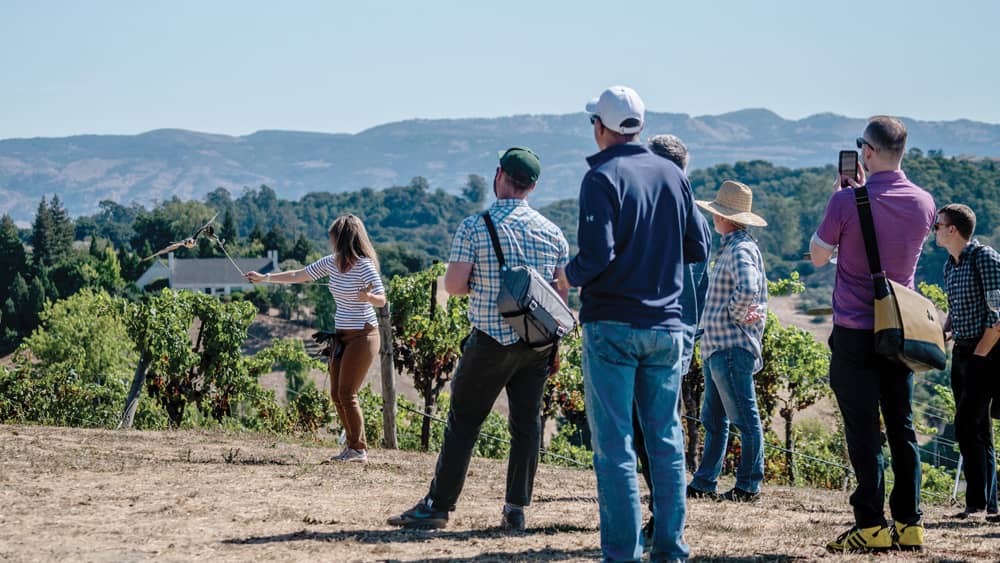
There is also a method to each vineyard she flies. “I tend to look at it like a well-stocked toolbox,” Rosen explains. “Depending on what species I’m chasing and what the area is like, I’ll pick a bird.” For a large open area like Bouchaine Vineyards, Rosen would choose her peregrine falcon. For a vineyard that is more compact, surrounded by houses and trees, she would pick a smaller bird that flies a little tighter. “Because the problem with the peregrine is that he is so intimidating that birds will hide in a tree and not leave,” she says. “So, I fly a different falcon or hawk to try and move birds out of trees.”
The response Rosen has received has been incredibly positive. Roy Oneto, viticulturist at Cakebread Cellars says, “There are many methods available for bird control, but as most farmers will tell you, not all of these techniques work. We have seen years of success with falconry. Rebecca and the Authentic Abatement team are some of the best.”
Rosen adds that the biggest indicator of success is her tendency to keep clients. It’s such a small community, so if you’re promising something and not producing it, word gets around, she says. Besides Cakebread and Bouchaine, Rosen has also worked for Robert Sinskey, Realm Cellars and Heitz Cellar, among others.
Falconry is proven to be a more cost-effective and sustainable choice than the alternatives. “[Farmers] spend all this money on balloons with googly eyes and the little falcons that are on the strings that only work when it’s windy, trying to simulate a predator. And you’re never going to simulate a predator to the point where birds are going to take notice in the long run,” Rosen says. “Anything that doesn’t eat them, or try to eat them, is not a threat. So, that’s why people like what I do. It’s authentic abatement. We use real birds to solve real-bird problems.”
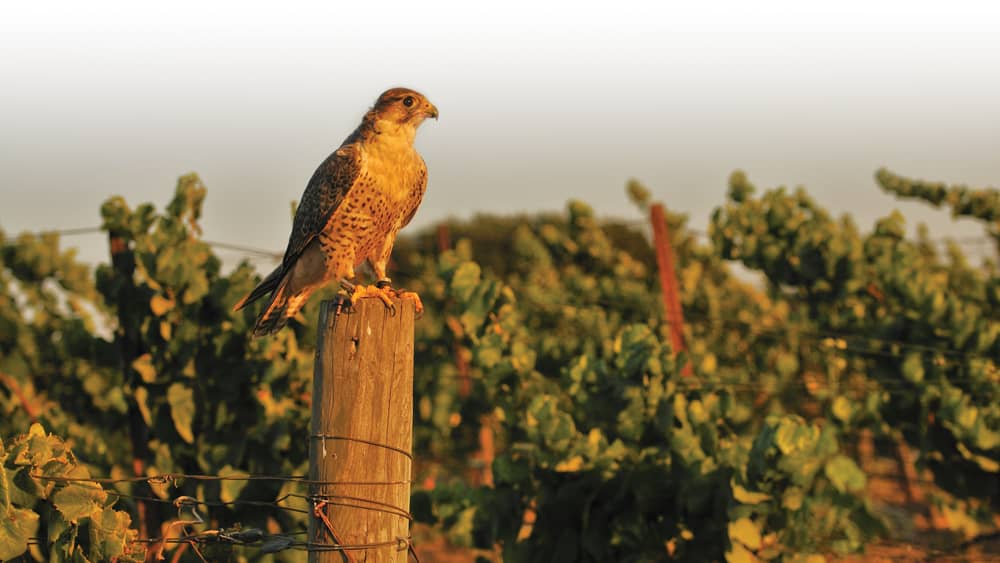
She envisions a live zoological exhibit with various species of birds of prey and interactive exhibits that would teach children about ecology. “There’s just something so rewarding about doing programs for kids because I feel like it sets in their brains what these animals are, what they’re capable of and the things we need to do to improve how we behave in the world to make it a little easier on them,” Rosen says.
According to Rosen, many species of birds of prey are on the decline due to the use of pesticides and rodenticides. Insects eat these chemicals, birds eat the insects, and then larger birds of prey eat them. Likewise, rodenticides weaken rodents before killing them, making them slow and attractive to predators, like falcons, hawks and owls. Consequently, as these creatures prey on poisoned pests, the chemicals build up in their bodies and eventually kill them. With fewer predators to control the population, this becomes a vicious cycle that is harmful not only to the birds of prey but to farmers and their crops as well.
“There are a lot of behavioral changes that we need to think about. Everything we do matters, ecology-wise,” Rosen says. She hopes that her educational programs will allow children to connect with nature and understand the responsibility they have to protect these birds and the environment. “It’s always going to be the next generation when things change,” she says.
Owl Boxes
Falconry can be used to chase off starlings and other small birds from eating the grapes in vineyards, but what about eradicating other pests such as rodents?
Owl boxes are a great alternative to using harmful rodenticides. Barn owls are cavity-nesters, meaning they do not build their own nests, but use hollow trees and will readily move into open buildings or nest boxes.
Putting up owl boxes in your vineyard is a win-win solution: The owls have a safe place to nest and you have a predator to take care of your rodent problem.
You can build your own, or purchase one at specialty online retailers.
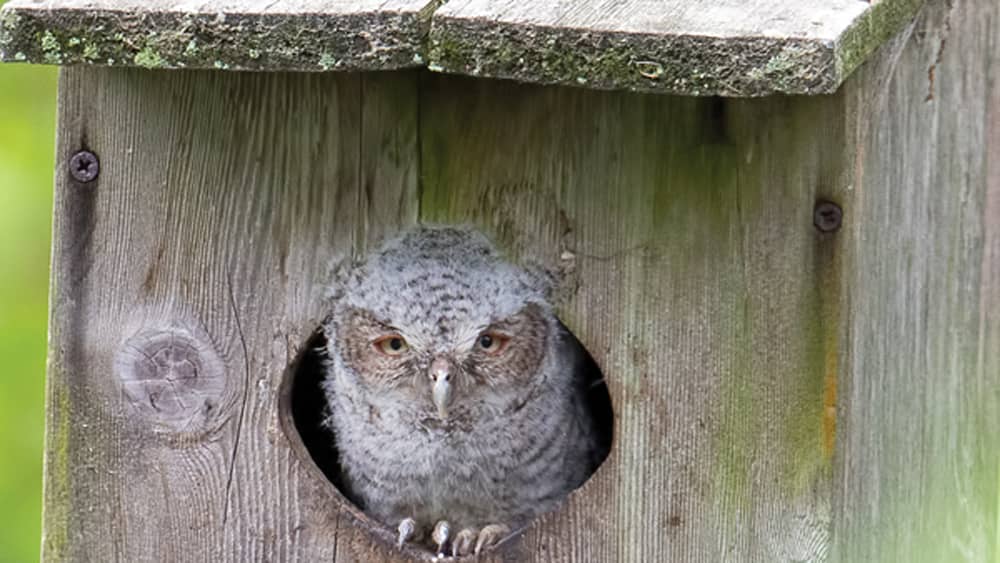
Birds of Prey
There are hundreds of species of birds of prey in the world, but not all are used for falconry. Here are some of the most common birds of prey among falconers.
Harris’s Hawk: Hailing from the southwestern U.S. and parts of Central and South America, this handsome hawk is popular among falconers for its social nature and the relative ease with humans. It is a medium-large-sized bird with dark brown, chestnut red, and white markings and yellow feet and eyes.
Merlin Falcon: Don’t be fooled by their cute face and fluffy feathers. Merlin falcons are small but fierce, known for their ability to attack and bring down songbirds and shorebirds. They are powerful fliers with sharply pointed wings, a broad chest, and a medium-length tail.
Peregrine Falcon: Powerful and fast, the peregrine falcon is widely considered the most prized bird among falconers. It hunts medium-sized birds, dropping them down from high above in a spectacular stoop. This falcon is identifiable by its blue-gray back, barred white chest, and black head.
Red-tailed Hawk: Perhaps the most common hawk in North America, the red-tailed hawk is large, with a light brown body and white barred underside with a cinnamon-red tail. They hunt mostly small mammals.
American Kestrel: The smallest falcon in North America, the American kestrel is popular among beginner falconers. These fierce little birds are capable of hunting down smaller birds, but can also end up as prey due to their size. The males are colorful, with a slate blue head and wings and a rusty-red back and tail.
Source: allaboutbirds.org
Author
-
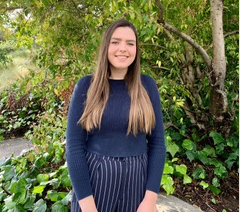
Summer Young moved to Sonoma County in 2018 to attend college and fell in love with the area. She's passionate about promoting all that the region has to offer through her work in local business marketing and journalism. When she's not writing, she can be found drinking coffee and exploring new places with her husband.
View all posts



